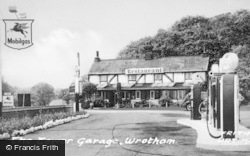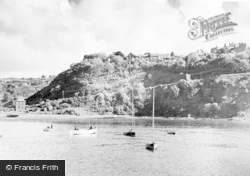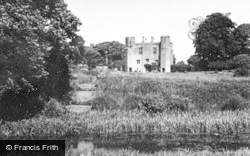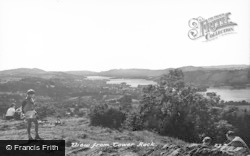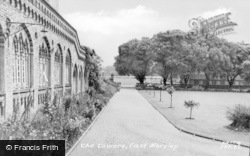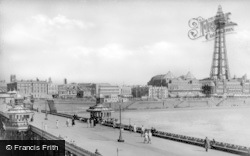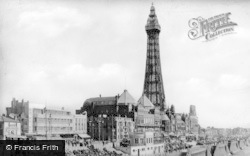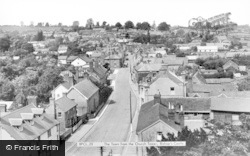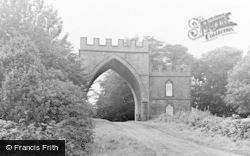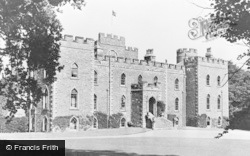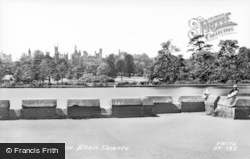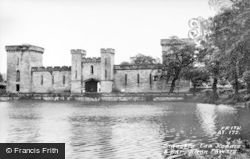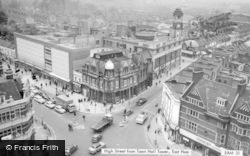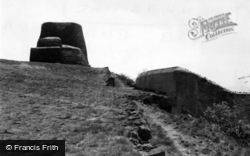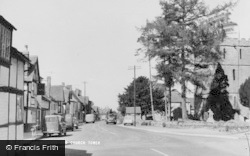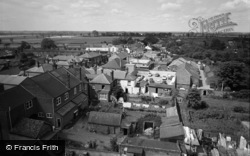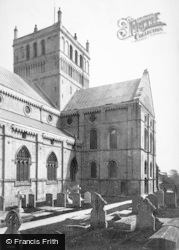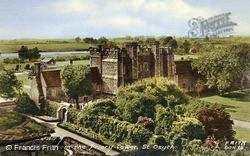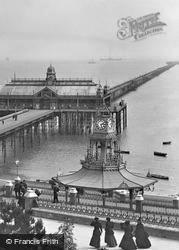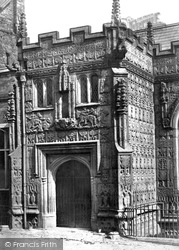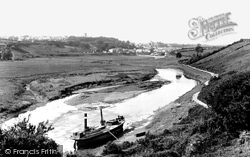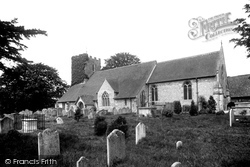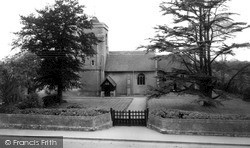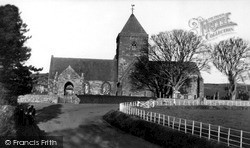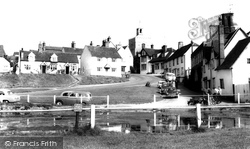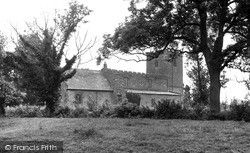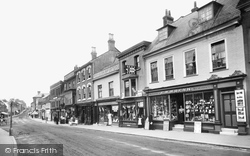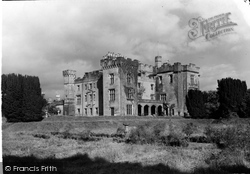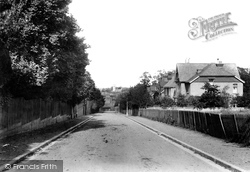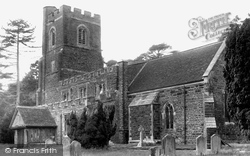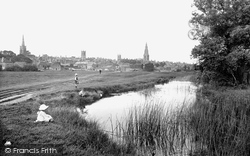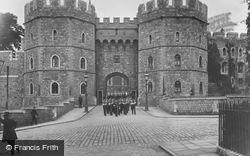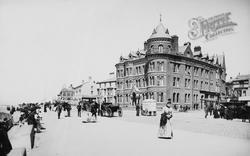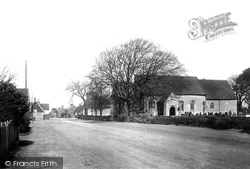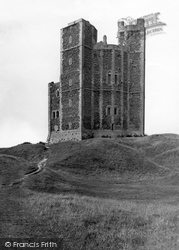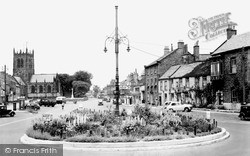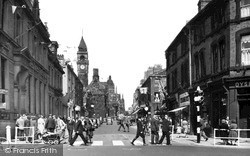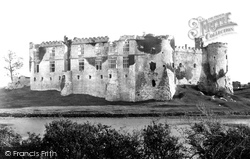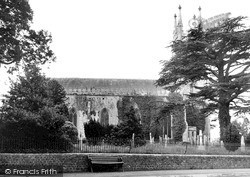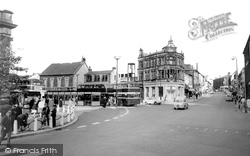Places
36 places found.
Those places high-lighted have photos. All locations may have maps, books and memories.
- Poplar, Middlesex
- Bow, Middlesex
- Bethnal Green, Middlesex
- Stepney, Middlesex
- Alton Towers, Staffordshire
- Isle of Dogs, Middlesex
- Limehouse, Middlesex
- Spitalfields, Middlesex
- Barjarg Tower, Dumfries and Galloway
- Bromley, Middlesex
- Stratford Marsh, Middlesex
- Tower Hill, Merseyside
- Tower Hill, Essex
- St George in the East, Middlesex
- Wapping, Middlesex
- Globe Town, Middlesex
- Old Ford, Middlesex
- Cubitt Town, Middlesex
- Tower Hill, Cheshire
- Tower Hill, Surrey
- Bow Common, Middlesex
- Mile End, Middlesex
- Millwall, Middlesex
- Ratcliff, Middlesex
- Warmley Tower, Avon
- Tower Hill, Hertfordshire
- Tower End, Norfolk
- Tower Hamlets, Kent
- Tower Hill, Devon
- Tower Hill, West Midlands
- Blackwall, Middlesex
- North Woolwich, Middlesex
- Hackney Wick, Middlesex
- Shadwell, Middlesex
- South Bromley, Middlesex
- Tower Hill, Sussex (near Horsham)
Photos
2,720 photos found. Showing results 1,361 to 1,380.
Maps
223 maps found.
Books
1 books found. Showing results 1,633 to 1.
Memories
637 memories found. Showing results 637 to 637.
Captions
3,036 captions found. Showing results 1,633 to 1,656.
The body of the church used to stand separate from the older tower, and the space between was occupied by cottages until a council chamber was built in 1851. This is now the choir vestry.
A superb view looking up the Western Cleddau into Haverfordwest with the castle in the center and the tower of St Thomas a Becket on the hill overlooking it.
The picturesque village of Buriton stands in the shadow of Butser Hill, and by the pretty, tree-fringed pond lies the church, with its 13th-century tower watching over the tranquil scene.
The North-West Tower is some 50ft high, and was built by Sir George Vernon around 1530. He was the last Vernon, for he had no male heir when he died in 1567.
It is quite a stocky, neo-Perpendicular building, with a west tower, nave and south aisle; the interior has single-framed roofs, and arched braces to the high collar beams in the chancel.
Here we see the 15th-century cruciform church of St Mary's, its massive tower surmounted by a wooden spire.
The squat church-tower, the steadily clambering roofs, and the central pond all combine to make a satisfying, unsophisticated scene.
The church, noted for its low battlemented 15th-century tower, dates back to the 13th and 14th centuries.
Wrenn is a placard advertising the London Daily Chronicle; while Eiffel Tower lemonade is for sale at nearby Caffall & Co.
The large west tower was built in the late 15th century. Southend
Many other castles of the 18th and 19th centuries are no longer with us; the towered and battlemented Loudon Castle, with its sweeping raised driveway to the front entrance, built in 1811, was gutted in
The road is much changed now, but of considerable interest is the way the road focuses on the distant tower of All Saints, Benhilton, high on its ridge, and nearly a mile to the north.
The parish church of St Peter and St Paul has a 12th-century base, which was subject to the chancel being widened in the 13th century, and the bell tower being added in the 14th century.
This view from the water meadows is a very well known one and relatively little changed, although it would look very different to a late medieval traveller when there were fourteen parish church towers
It consisted of a large motte, on top of which was built a timber tower protected by palisades; the motte divided the Upper and Lower Wards.
Again, the Tower is conspicuous by its absence in this view of the Palatine Hotel. Built close to both the railway station and beach, it quickly became a successful family hotel.
St Mary's tower was a ruin at this time; it was not until 1960 that it was restored in memory of Mrs Josselyn.
The keep was built in 1165-73 by Henry II as a check on the power of Hugh Bigod, Earl of Norfolk and Suffolk, who had castles at Framlingham and Bungay.
In the background on the left is the parish church of All Saints, a stately building restored in 1884 but with a fine 15th-century tower.
More evidence of Coronation flags and bunting is shown in this view of Wood Street, Wakefield, looking up towards the clock tower of the Town Hall, built in 1880 in the French Gothic style by T E Collcutt
The glazing of the many paned windows and impressive oriels was never completed, thanks to Perrot's unfortunate incarceration in the Tower of London.
Pevsner describes it as 'a long church, W tower with tall, heavy pinnacles. Tall two-light Perpendicular windows'.
The tower was added in 1888. Today the church is part community hall and part place of worship.
Beside the imposing 19th-century bank building, which overlooks the corner of Blackburn Road, rises a naked steel tower, a herald of the monotonous shopping developments that have robbed
Places (38)
Photos (2720)
Memories (637)
Books (1)
Maps (223)


